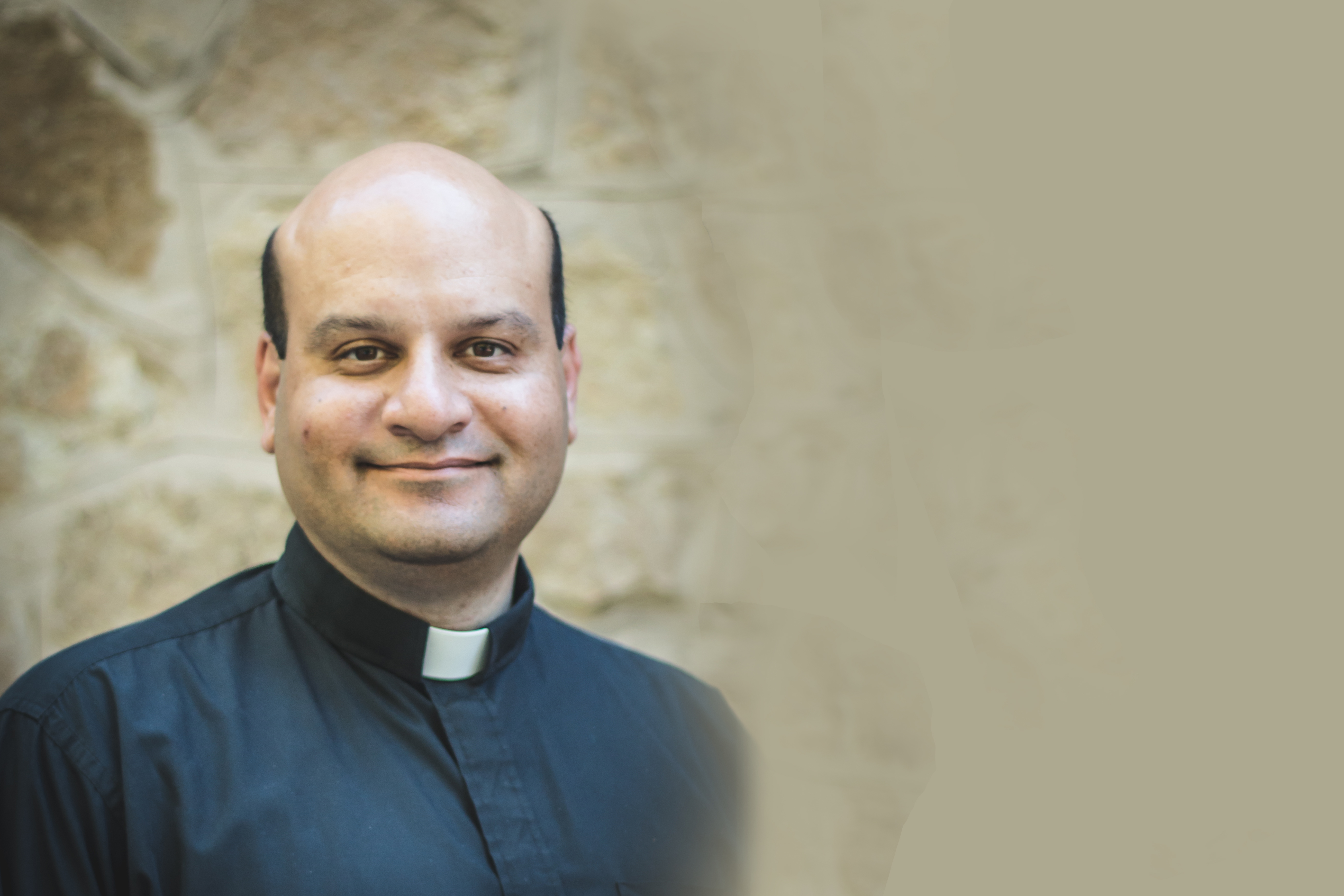The royal women have been much in the news. Diana, Princess of Wales, died twenty years ago last week. Her posthumous daughter-in-law, the Duchess of Cambridge, announced on Monday that she is expecting her third child. And later this autumn the Queen will mark yet another one of the astonishing milestones – her 70th wedding anniversary – that she now collects as she moves toward, less than a decade from now, her 100th birthday.
On Saturday, I watched the BBC retrospective on Diana’s death; entitled 7 Days, it chronicles the week of her death in Paris and her funeral at Westminster Abbey. It’s strange to watch it now. At the time, the tragic death of the young princess was immediately overwhelmed by the drama of the people – mourning the “people’s princess” in the words of Tony Blair – versus the Queen, remote and unfeeling. While the grief-stricken throngs filled the streets of London, the Queen was castigated for remaining in seclusion with her grandsons, Prince William and Prince Harry, at Balmoral.
What was an apparent crisis then, appears to be silly at a distance of twenty years. The BBC documentary, made with the support and participation of Diana’s sons, now takes the Queen’s side. Diana’s sister says that Her Majesty was right to comfort her own grandsons with some privacy, rather than subject them to the “wailing” masses in London. That’s the word, by the way, that Prince William uses to express, even after two decades, his continuing astonishment at the melodramatic behavior of the crowds who had no personal knowledge of his mother, save for what the oh-so-reviled paparazzi gave to them.
It’s all a touch embarrassing now. The tawdry death itself – a drunk chauffeur, the chasing photographers, the current boyfriend, at that time the dubious Dodi al-Fayed. It could not be said at the time, but there is no doubt now that in August 1997 the princes were better off in the wholesome environment of Balmoral with their grandmother than they would have been immersed in the jet-set, publicity-seeking life of Diana.
The great circus reached its climax in Westminster Abbey. Diana’s brother, the 9th Earl Spencer, thought it wise to use his sister’s death to attack the royal family. In that, he was not so different from the journalists he hated; they both used Diana for their own purposes. And then there was Elton John, banging out on the piano in that ancient abbey his tribute to Diana. Like the thousand newspaper front pages her image graced, the song became a bestselling phenomenon. Apparently only White Christmas has sold better as a single.
Sir Elton’s long time lyricist, Bernie Taupin, was insufficiently inspired to compose anything entirely new for Diana’s funeral. In fairness, funerals usually rely upon hymns not composed the day before yesterday. In any case, Diana was a celebrity who died at age 36, just like Marilyn Monroe, so Taupin reworked his Marilyn song for Diana, and Sir Elton belted it out. The song was not really about Marilyn exactly of course. Taupin first heard the description “candle in the wind” in relation to Janis Joplin, but he applied it to Marilyn. Taupin would later comment about Candle in the Wind that it was really about any celebrity who died young: “The song could have been about James Dean, it could have been about Montgomery Clift, it could have been about Jim Morrison ... how we glamorise death, how we immortalise people.” So when the greatest celebrity of them all died young, Taupin had his material at hand. Celebrities, under the white hot glare of the lights, turn out to be rather the same.
Announcing her death, the new prime minister at the time, Tony Blair, spoke words that seemed to apt the time, but have hardly held up.
“We know how difficult things were for her from time to time. I am sure we can only guess that. But people everywhere, not just here in Britain, kept faith with Princess Diana,” Blair said. “They liked her, they loved her, they regarded her as one of the people. She was the people’s princess and that is how she will stay, how she will remain in our hearts and our memories for ever.”
The immortalizing of celebrities does not last as long as one might think. The memories expected to last forever actually fade quite quickly. In Diana’s case, even Hollywood – the high priesthood of the celebrity cult – had second thoughts, churning out by the tenth anniversary of her death Helen Mirren’s turn in The Queen. That film began with the standard telling of the tale, but then shifted tack, becoming more sympathetic to the Queen. For the twentieth anniversary, BBC’s 7 Days confirms that cinematic judgement in documentary form. The Queen kept her head while all about her were losing theirs.
But back in 1997, in the feverish days after her death, Diana was hailed for bringing glamour into a royal family more often thought of as dowdy, stuffy and rigid. Yet glamour does not coexist easily with the virtues that undergird a monarchy, or any longstanding social institution: stability, discretion, loyalty and farsightedness. The various philanderings of the Prince and Princess of Wales aside, it was this conflict between the fleetingness of glamour and the gravitas of the monarchy that was at the heart of Diana’s problems with the royal family. But glamour is intoxicating, and the intoxicated lose perspective. During those days Diana was proposed not only as a glamourous, but glorious, not only a celebrity but a saint, something of a secular Mother Teresa.
Yes, Mother Teresa. The saint of the gutters died on 5th September 1997, at the very peak of the Diana frenzy. It was if God has had enough and wanted, in a media age, to change the channel.
The silliness of the time was so great that there were otherwise sensible people who said that the two women were similar. They were as far apart as sacrificial self-giving is from extravagant self-indulgence. So confused was the time that people compared a few hours spent visiting the sick, royal and media entourage in tow, with a lifetime of anonymously picking the dying out of the streets, carrying them back to shelter, dressing their wounds, bathing their sores, feeding their hunger.
Diana and Mother Teresa were similar in a way that most did not remark. They were both beautiful. Diana’s beauty was more conventional, a typical Hollywood starlet, but it was haunting because she seemed much of the time to be desperately lost or hauntingly sad. Consequently, it was impossible not to have sympathy for her. Anyone, especially one so young, would be lost and sad if she had been so cruelly treated by her prince charming. In Diana’s case, the cruelty came from the real Prince Charles.
Mother Teresa, in the time the world knew her, was diminutive and wizened, with a slight stoop and gnarled hands. Yet people who met her often commented upon her beauty. In her eyes and in her smile she showed forth the beauty of her soul. When she finally agreed to the television program that would make her famous, she said simply, “Let's do something beautiful for God.” It became the title of that program and a fitting epigraph for her life.
Diana was perhaps something of a humanitarian, but the record there is quite mixed. A celebrity putting some her fame toward good causes is commendable, but rather different than the hardworking souls who practically care for the poor and the sick, the vulnerable and the suffering. And it must be conceded that the greatest wattage of the Diana celebrity was devoted to the purpose of enhancing the Diana celebrity and undermining public confidence in Prince Charles, the latter of which was rather easy to do.
Mother Teresa was praised far and wide as a great humanitarian, but that got it quite wrong. She did not love human beings as human beings alone, but as children of God. She was not so much a humanitarian, motivated by sympathy for fellow creatures, as a Christian, moved by God to love those He made in His own image.
The twentieth century was an ugly century. The scene in the Paris traffic tunnel was a metaphor – photographers insatiably chronicling the spectacle of riches and power and fame lying twisted and tortured in death.
Mother Teresa was beautiful amidst the ugliness, and led so many to the source of all beauty, goodness and truth.
Already the cult of Diana is fading, being disowned even by those who originally promoted it. The Queen goes on, the monarchy stronger today than it was during the 16-year Diana adventure. And two hundred years from now, when even the Queen will be forgotten, they will still celebrate this week the liturgical feast of Saint Teresa of Calcutta, the one whom God made so beautiful.
Convivium means living together. We welcome your voice to the conversation. Do you know someone who would enjoy this article? Send it to them now. Do you have a response to something we've published? Let us know!






